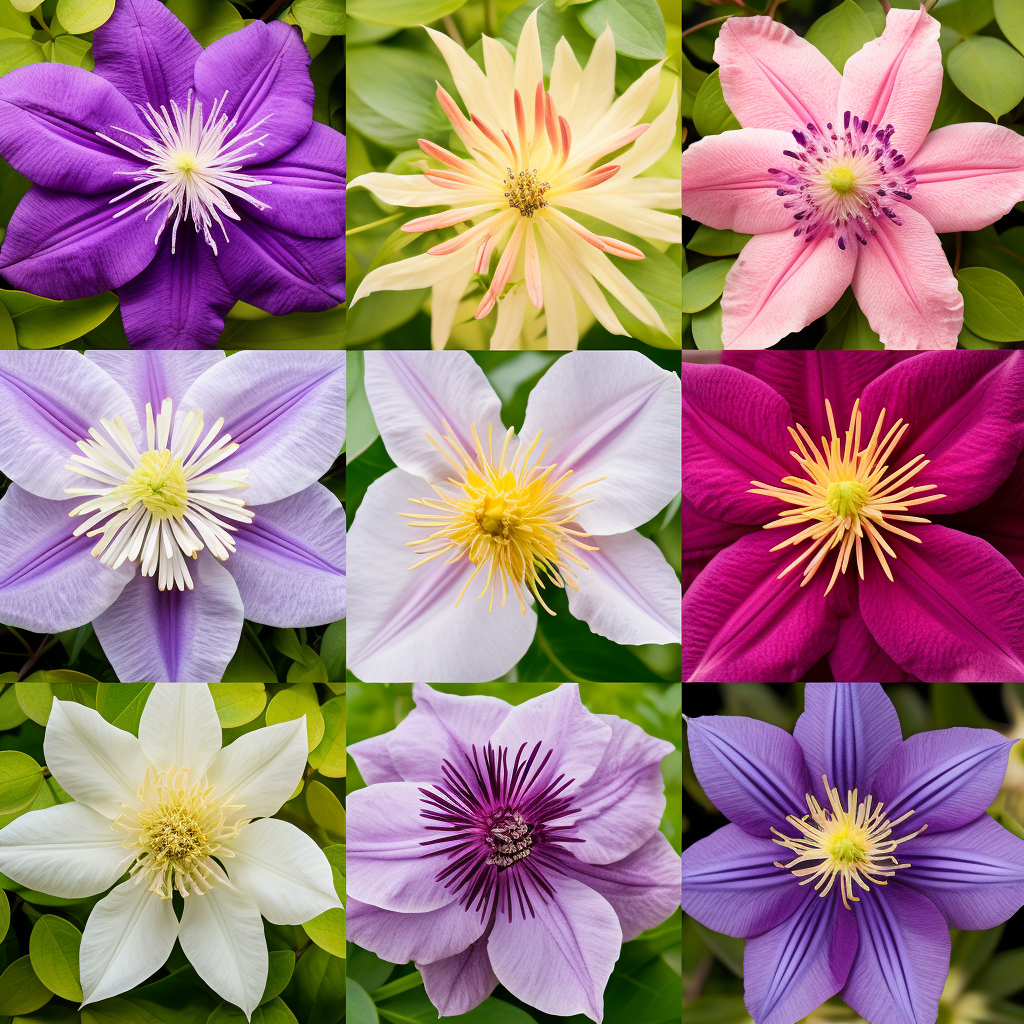
Introduction
If you’re seeking to enhance the beauty of your garden, especially in those shady corners, Clematis might be the answer you’ve been looking for. With their captivating colors and graceful shapes, Clematis vines can add a touch of elegance to any outdoor space. In this comprehensive guide, we will delve into the world of growing Clematis for shade, covering everything from selecting the perfect variety to nurturing it throughout the seasons.
Why Choose Clematis for Shade?
Clematis, known for its climbing tendencies and stunning blossoms, can reach towering heights of up to 20 feet, depending on the variety you choose. They are a visual treat, flaunting large, showy flowers in a spectrum of colors and shapes. What makes them even more attractive is their adaptability to partially shaded areas, making them an ideal choice for planting under trees or on walls that don’t receive full sunlight.
Choosing the Right Variety of Clematis for Shade
Selecting the right Clematis variety for your shaded haven is crucial to ensure its thriving success. Here are key factors to consider:
Flowering Time: Clematis varieties bloom at different times – some in spring, others in summer or fall. The key is to choose a variety that complements the blooming schedule of your other garden plants.
Size: Clematis comes in a range of sizes, from compact vines to towering 20-foot climbers. Carefully select a size that aligns with your garden’s available space and overall design.
Light Requirements: While Clematis can endure partial shade, some varieties prefer more sunlight than others. Take into account the lighting conditions in your garden when making your choice.
Color and Shape: Clematis flowers come in various colors and shapes, from large, double blooms to delicate, bell-shaped blossoms. Opt for a variety that harmonizes with your garden’s color scheme and design.
How to Plant Clematis for Shade

Now that you’ve chosen the perfect variety, here are some essential tips for planting Clematis for shade:
Soil Preparation: Clematis thrives in well-draining soil that is rich in organic matter. Prepare the planting area by adding compost or other organic material to enrich the soil.
Planting Depth: To encourage a robust root system, plant the Clematis deep enough so that the base of the plant is about 3 inches below the soil surface.
Support Systems: Clematis, being a climbing plant, requires support to grow. Utilize trellises, arbors, or other support systems to provide the plant with the structure it needs as it climbs and blooms.
Watering and Fertilizing: Regular watering, especially during dry spells, is essential. In spring and summer, apply a balanced fertilizer to promote healthy growth and a bountiful bloom.
Caring for Clematis for Shade
To ensure your Clematis thrives in the shade, proper care is essential. Here’s what you need to know:
Pruning: Prune your Clematis in late winter or early spring, before new growth begins. Trim back any dead or damaged stems and trim the remaining ones to encourage lush, bushy growth.
Pests and Diseases: Keep an eye out for common issues like aphids, spider mites, and powdery mildew, which can affect Clematis. If you spot these problems, act promptly to treat them.
Winter Protection: In colder regions, Clematis can be sensitive to winter weather. Protect the plant by mulching around the base and covering it with burlap or other protective material.

Frequently Asked Questions (FAQs)
Can Clematis grow in full shade? While Clematis typically prefers partial shade, some varieties are specifically suited to full shade conditions.
How often should I water my Clematis? Regular watering is essential to keep the soil moist, but overwatering can lead to root rot, so be cautious.
Conclusion
In conclusion, Clematis is an exquisite and versatile addition to any garden or outdoor space. With the right variety and proper care, you can successfully grow Clematis for shade and relish its spectacular blooms year after year. Don’t hesitate to bring this touch of elegance to your garden, even in the shadiest spots.
Ready to introduce the elegance of Clematis to your garden? Start your journey today by choosing the perfect variety for your shaded space. For additional information and expert advice, feel free to reach out to us.

Cat-Friendly Gardening: Creating a Safe Haven for Your Feline Friends
Table of Contents Introduction Hey there, fellow feline enthusiasts! 🐾 Welcome to a space where your garden becomes not just a patch of green but

From Lilies to Sago Palms: Protect Your Cat from These 10 Toxic Plants
Table of Contents Introduction: Keeping Your Furry Friend Safe from Toxic Plants Hey there, fellow cat lovers! We all know our feline companions can be

Cat Nutrition 101: Decoding Labels & Essential Nutrients A-Z!
Table of Contents Introduction As a cat owner, you want nothing but the best for your furry feline friend. And that includes providing them with
